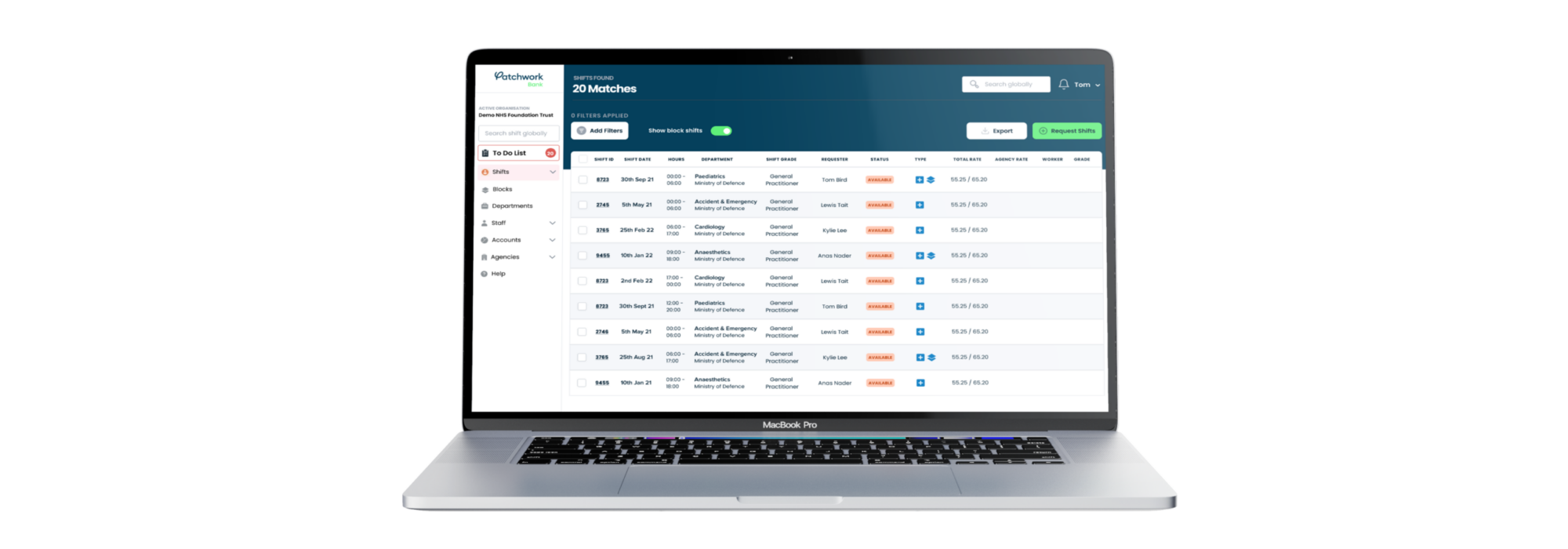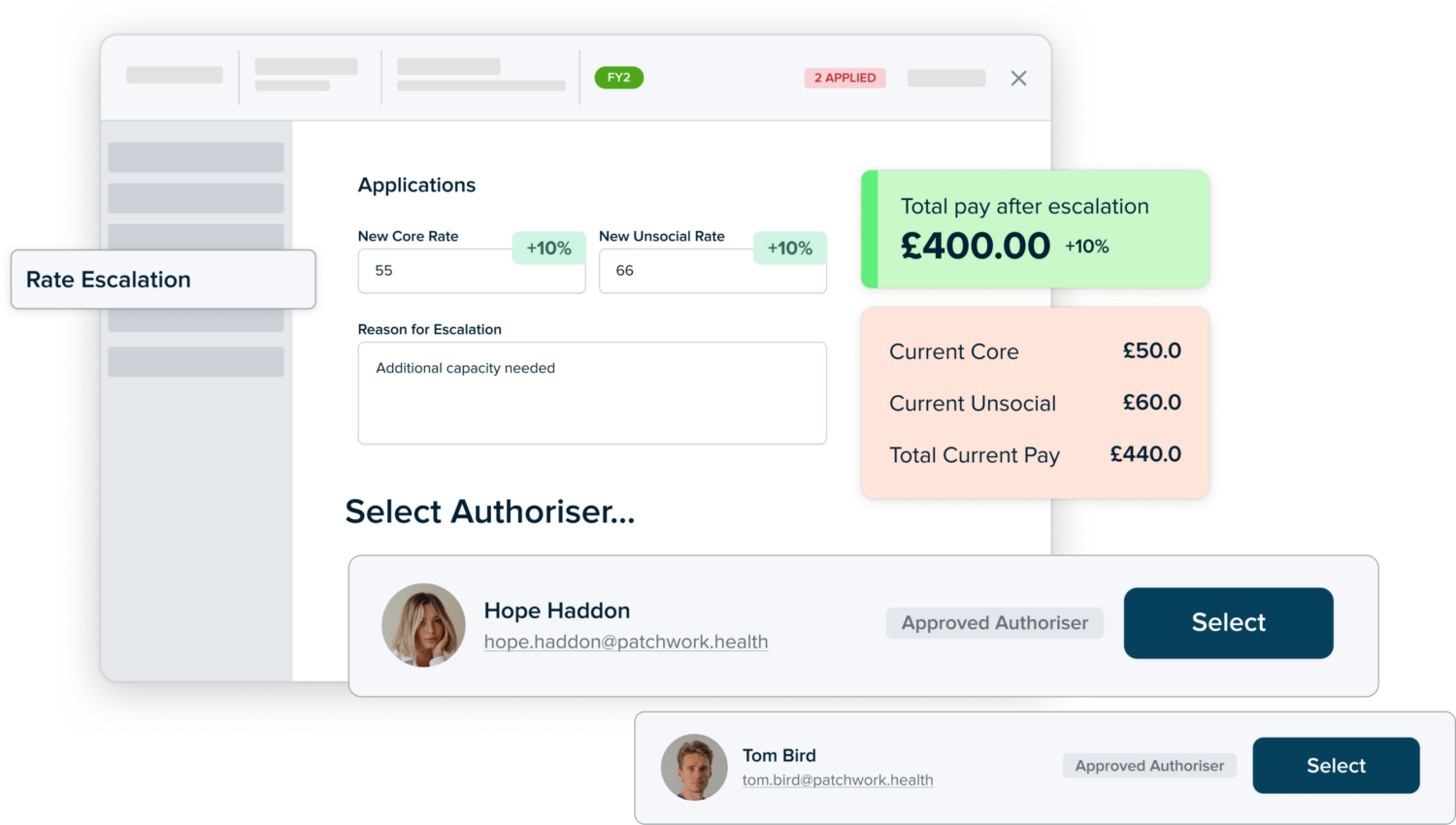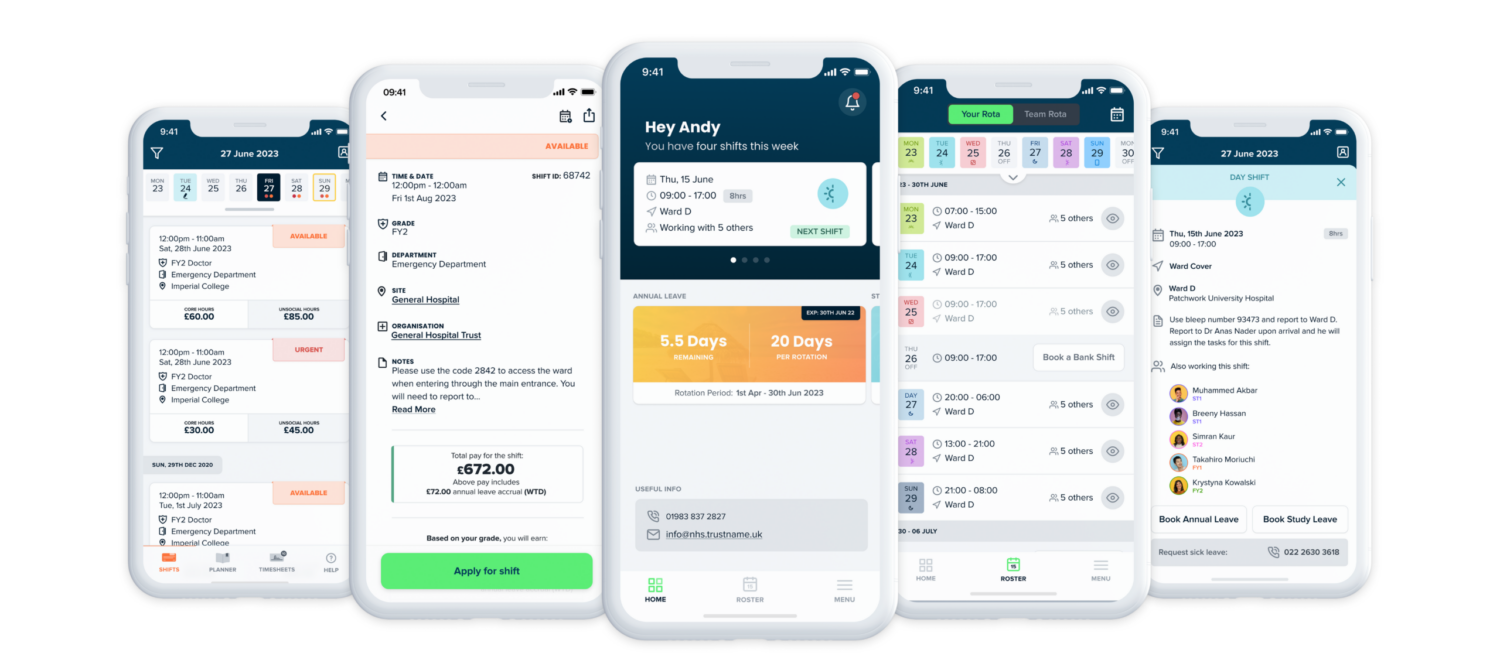How to boost NHS temporary staffing productivity with technology

The NHS, as one of the largest and most complex healthcare systems in the world, faces constant challenges in managing its workforce. NHS temporary staffing, while essential to help meet fluctuating demand, often becomes a key source of inefficiency. The reliance on traditional processes and fragmented systems not only leads to unnecessary expenditure but also hampers productivity across the board. Over £10 billion is spent on temporary staffing in a year, and still, many organisations struggle to ensure that all shifts are filled.
Effectively managing temporary staffing is crucial for maintaining high productivity and operational efficiency in the NHS. With around 150,000 bank-only staff across secondary and tertiary care in the UK, utilising this substantial resource in the best way can make a significant difference.
Here are a few of the main challenges affecting NHS temporary staffing, and the features designed to enhance your productivity.
The hassle of booking locum shifts
For clinicians, organising locum shifts can be arduous with clunky tech that requires constant back-and-forth communication with temporary staffing teams. However, it’s imperative for organisations to make the process as seamless for clinicians as possible. The fewer engaged bank workers a Trust has, the more expensive covering gaps becomes, as workforce teams are forced to rely instead on agencies to plug roster gaps. By leveraging intuitive and flexible digital solutions, organisations can encourage greater uptake within their pool of bank workers, creating a more productive, engaged and cost-effective staffing safety net and reducing agency overreliance.
Instant access to work
One such feature that can help organisations achieve this is “instant booking.” This simple functionality can transform an organisation’s temporary staffing by allowing pre-approved clinicians to book locum shifts directly, without waiting for admin approval. This feature adds much-needed flexibility, especially during weekends or outside of “regular” hours. For instance, a doctor who becomes available last minute can secure a shift immediately, rather than waiting for approval or to speak with an administrator, improving fill rates and enhancing clinicians’ work-life balance, by giving them autonomy over their schedule.
To implement instant booking effectively, it’s crucial that clinical leads, who know their teams best, assign these privileges. It’s also best practice to keep service managers and operational directors informed, to ensure the system remains active and beneficial at scale. Instant booking supports safe staffing, reduces gaps in coverage, and frees up administrative staff who can trust the system to alleviate the process of filling shifts. This not only boosts productivity but also provides a better experience for both clinicians and administrators.

Escalating costs with uncontrolled rates
One of the major challenges in NHS temporary staffing is managing the costs associated with bank and agency staff. When shifts remain unfilled, the typical response is to increase the payment rate to attract workers, leading to higher costs. This is a systemic issue that, after years of practice, is hard to break, especially without the support of technology. Traditional methods of rate escalation often lack control and visibility, resulting in unexpected budget overruns and financial strain. Additionally, a huge amount of time (and money) is spent on last-minute escalations, as administrators struggle to fill unforeseen gaps.
Smart rate escalations
Patchwork’s advanced rate escalation tool effectively addresses this issue by providing a structured approach to rate escalation. If a locum shift reaches a certain date without being filled, the system recognises this and escalates the rate with approval. It allows for different tiers of authorisation based on the percentage of rate increase. Service managers, divisional directors, and even CEOs can review and authorise escalations as appropriate, ensuring that rate increases are controlled and justified. This structured approach helps prevent unnecessary cost increases and maintains financial control, contributing to better budgeting and cost efficiency. With structured levels of authorisation, this feature saves time and helps manage expectations and budgets, leading to a more productive temporary staffing team that can strategically plan ahead rather than react to last-minute vacancies.

Fragmented bank and agency oversight
NHS temporary staffing often involves managing bank staff and agency workers separately, leading to disjointed processes and a lack of cohesive oversight. This fragmentation can cause inefficiencies, such as duplicated efforts, inconsistent policies, and difficulties in tracking overall staffing needs. The lack of integration between bank and agency systems also results in higher administrative burden and an increased reliance on costly agency staff – due to a minimal visibility meaning gaps are only often spotted at the very last minute. As a result, temporary staffing managers face the challenging task of maintaining safe staffing levels while facing pressure to cut costs, creating a cycle that is difficult to break without oversight.
Unifying bank and agency management
Patchwork’s integrated bank and agency solution addresses this challenge by unifying the management of both staffing sources, including direct engagement where appropriate. This integration enables workforce teams to seamlessly coordinate bank staff and agency workers on one system, providing a centralised view of all staffing activities. By combining these functions, Patchwork eliminates the inefficiencies associated with managing multiple platforms, reduces administrative workload, and ensures consistent application of staffing policies. Compliance elements are packaged within this integration too, with contracts, a full breakdown of pay and audit trails all clearly visible, so there are never any surprises. For administrative staff, this oversight is key to managing the process, and the ability to see across both bank and agency utilisation on one platform has a significant, and positive, impact on productivity.

A productive future
The future of NHS temporary staffing lies in productivity – using technology not just to fill locum shifts, but to do so in a way that maximises efficiency, reduces wasted resources, and improves outcomes for both staff and patients. By addressing the inefficiencies that currently impact temporary staffing, a solution like Patchwork can unlock significant productivity gains.
With the right tools in place, the NHS can transform its approach to workforce management, shifting from reactive to proactive ways of working. This isn’t just about making life easier for administrators, although this is also crucial; it’s about creating a system where every action is aligned with key productivity goals. With the right tools in place, the NHS can hope to better navigate the complexities of its workforce, ultimately leading to a more sustainable and effective healthcare system.